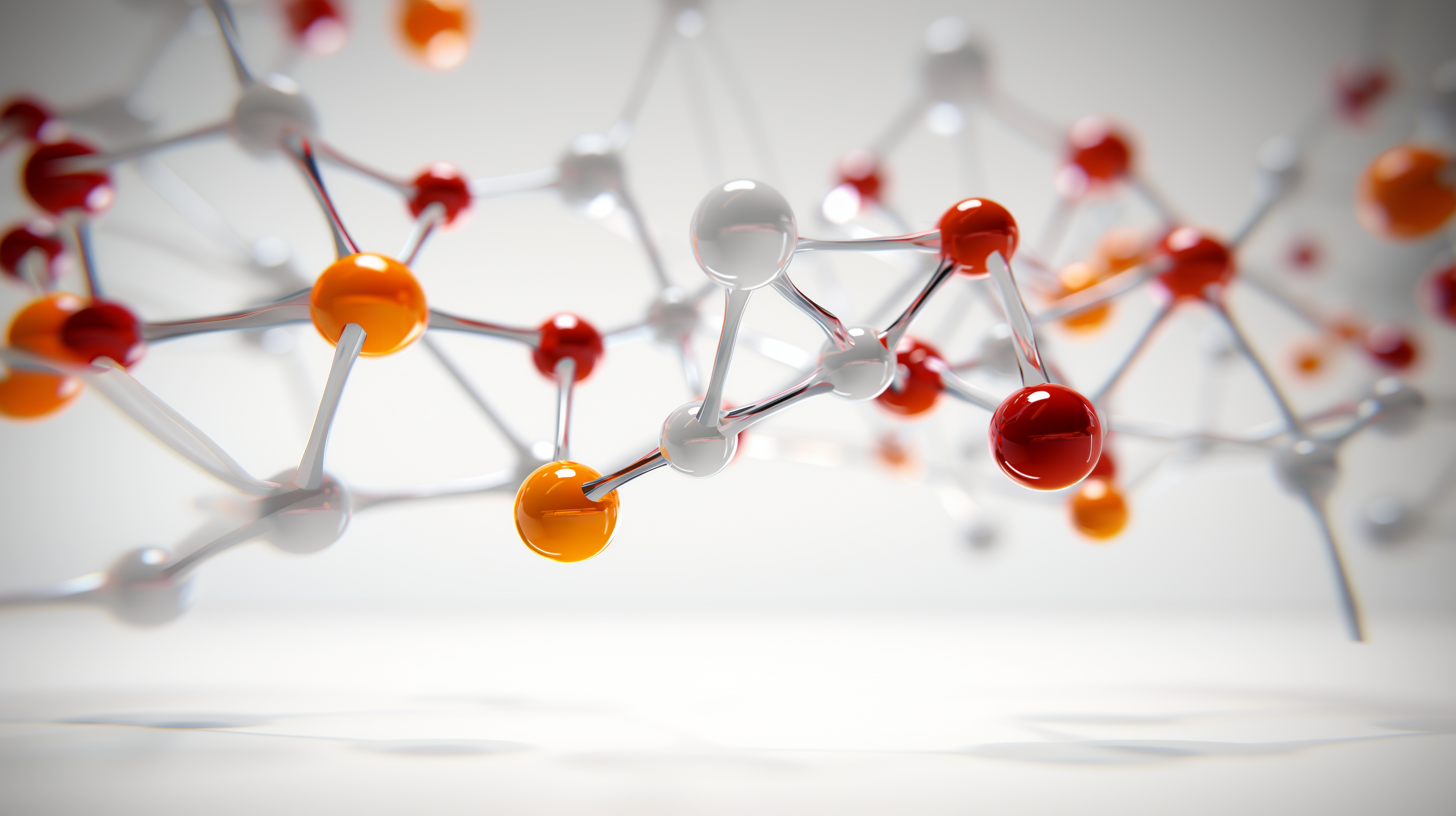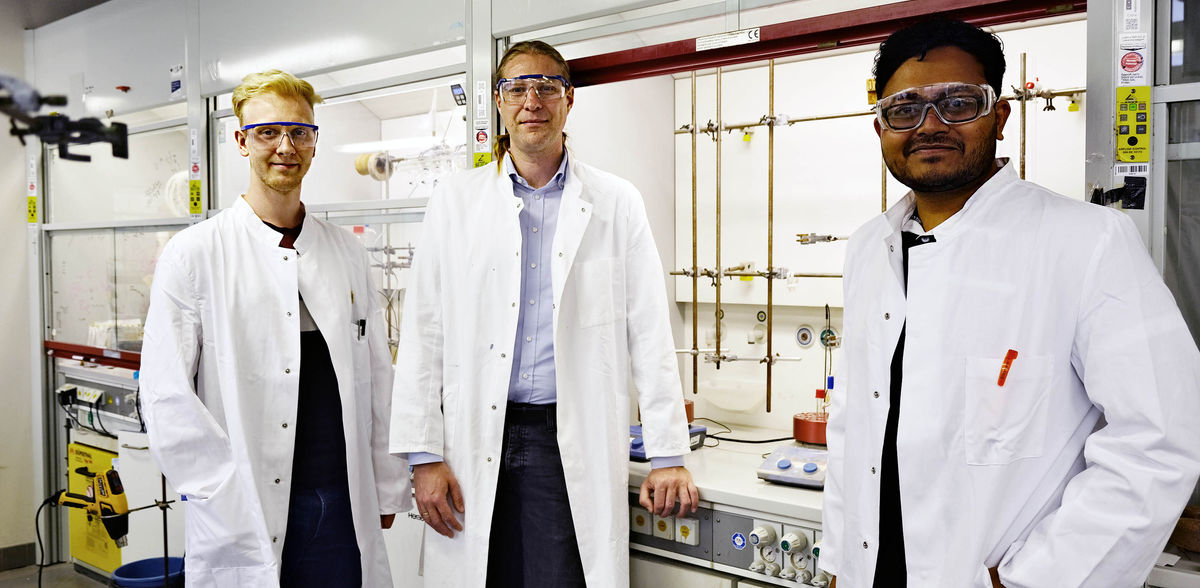Novel synthesis of fluorinated molecules with potential in drug research developed
The new synthetic method relies on two fundamentally challenging chemical processes
A research team from Kiel has described a method for directly converting carbon-hydrogen bonds in carboxylic acids into carbon-fluorine bonds.
Carboxylic acids are one of the most important substance classes in chemistry and are a component of many drugs such as aspirin and ibuprofen. To tailor the properties of carboxylic acids, fluorine atoms can be introduced into the molecular structure. However, this requires complex, multi-step synthetic routs. An internationally composed team of researchers from the Otto Diels Institute of Organic Chemistry at Kiel University (CAU) has now described a method for the direct introduction of fluorine atoms into aliphatic carboxylic acids that significantly simplifies and accelerates the process in the scientific journal Nature Synthesis.
Combined approach addresses fundamental challenge
The new synthetic method relies on two fundamentally challenging chemical processes. First, a typically unreactive carbon-hydrogen bond must be activated, in this case by cleavage with a palladium catalyst ("C-H activation"). In recent years, several international research teams have laid the foundations for suitable catalysts, including the group led by Manuel van Gemmeren, Professor for Organic Chemistry at CAU. Based on this preliminary work, they have developed new, particularly efficient catalysts in their current publication.
The second key challenge of this work was to form a carbon-fluorine bond. Established strategies proved to be unsuitable for aliphatic carboxylic acids. Van Gemmeren's team therefore developed an innovative new approach: "In addition to optimising the catalyst structure, we designed a reagent, a so-called oxidising agent, that influences the reaction in the crucial step and thus enables the selective formation of the carbon-fluorine bond," explains the first author Sourjya Mal. Further experiments confirmed that an unusual reaction pathway is indeed operative using these reagents. "In this study, we were able to show that the combined design of catalyst and oxidant enables reactions that would not be feasible with a single approach. This finding is certainly transferable to other highly attractive synthetic methods and could therefore prove to be groundbreaking," says van Gemmeren.
Synthetic method with extraordinary potential
With the reported method, fluorine atoms can be introduced directly into complex carboxylic acid molecules without a tedious and time-consuming synthesis. "Due to the importance of both carboxylic acids and fluorinated molecules in pharmaceutical research, I see extraordinary application potential for our method," says Professor von Gemmeren, explaining the significance of the work. "I am very proud of what my colleagues, especially the first author of the study, Sourjya Mal, have achieved here."
Original publication
Other news from the department science
Most read news
More news from our other portals
See the theme worlds for related content
Topic world Synthesis
Chemical synthesis is at the heart of modern chemistry and enables the targeted production of molecules with specific properties. By combining starting materials in defined reaction conditions, chemists can create a wide range of compounds, from simple molecules to complex active ingredients.

Topic world Synthesis
Chemical synthesis is at the heart of modern chemistry and enables the targeted production of molecules with specific properties. By combining starting materials in defined reaction conditions, chemists can create a wide range of compounds, from simple molecules to complex active ingredients.





























































